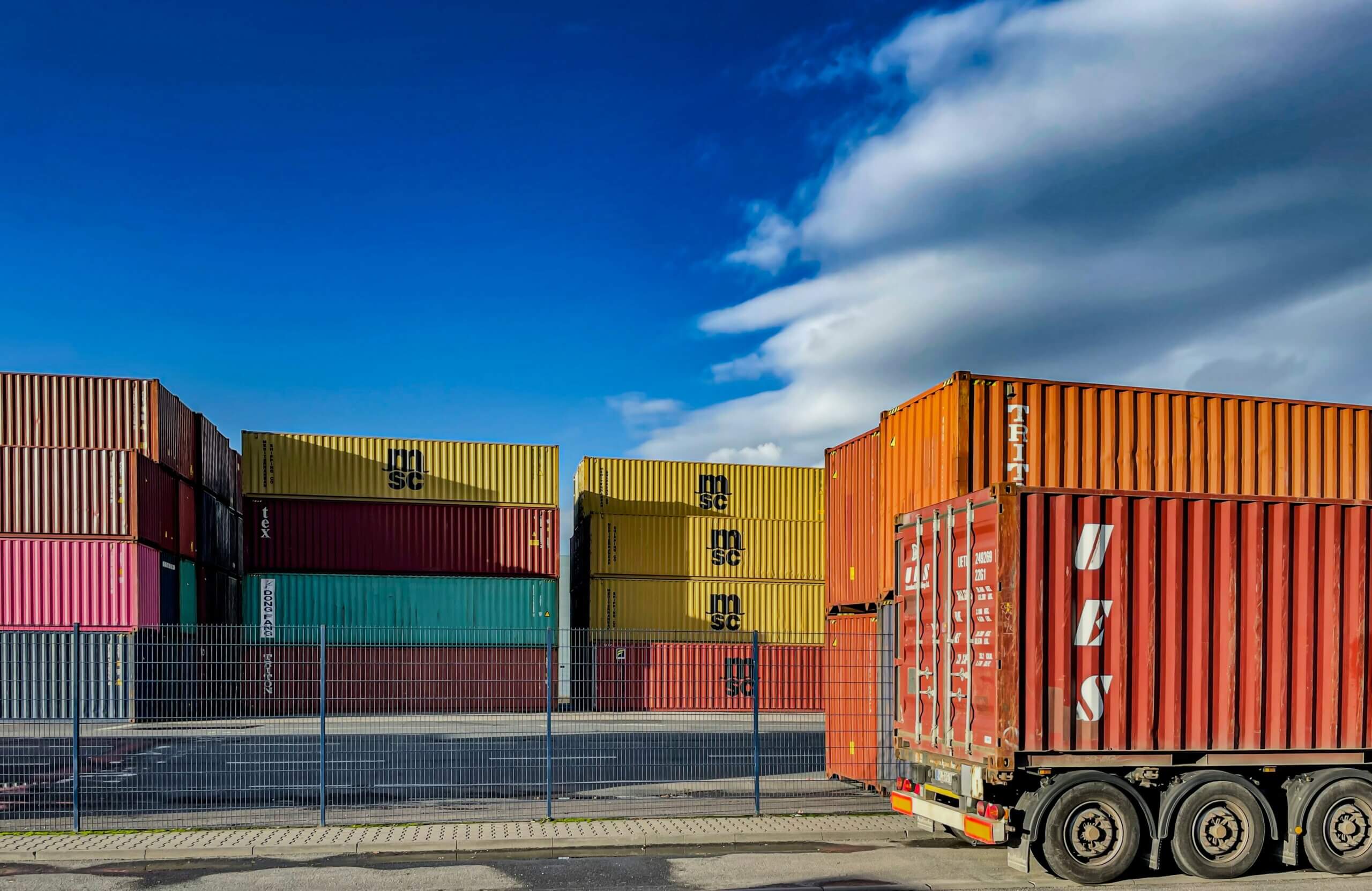In March of this year, Gartner released a report by Research Vice President Pierfrancesco Manenti and Researcher Xiao Chen titled, “Jumpstarting Your Digital Roadmap.” The report takes results from a survey by the same title and provides insight into why companies must begin digitalizing their supply chains, and which areas are most in need of new technology solutions. These ideas were elaborated on at Gartner’s recent Supply Chain Executive Conference. Below is a summary of the report.
The survey results framed the report with the idea that, “Digital supply chain has become—by far—the number one discussion subject among Gartner SCM World community members.” This trend was continued during the Gartner Supply Chain Executive Conference, where a large portion of the event was spent discussion the digital supply chain.
Digital Gaps
Supply chains are being digitalized, there’s no question about that, but some areas are developing much faster than others, creating digital gaps. For example, shipment workflow visibility (or end-to-end visibility as the report calls it) has digital gaps resulting from the way data is shared by legacy technologies across internal and external partners. Those digital gaps are highlighted specifically across transportation and logistics functions. The industry’s long-term reliance on these legacy technologies has perpetuated these gaps—essentially putting bandaids over the issue by connecting newer systems to legacy sources, or providing fancy user interfaces to access legacy data. The problem remains however, the data is simply not up to date or normalized. project44, on the other hand, gives you the software building blocks to create a truly integrated and predictable end-to-end transportation experience.
The Data Problem
The report explains that there is simply too much data to effectively turn into insights. Recent advancements in technology both inside and outside of the supply chain ecosystem have allowed for a sharp increase in data sources and the amount of data produced, but compiling that data in a way that makes it actionable and useful requires technology systems that not everyone is currently utilizing.
What’s more, it’s siloed. Without the ability to connect systems so that they can transmit valuable data to each in real-time, the data just sits where it’s stored and has no meaningful way to interact with the supply chain as a whole. While this ability exists, not enough companies have adopted it yet.
Where is Supply Chain Technology Headed?
Looking at the issues outlined in Gartner’s report, it’s easy to see where technology is headed. The industry needs technology solutions that address the siloed communication – especially when it comes to transportation and inventory management. That’s where building blocks like APIs come into play. Supply chain leaders need a stronger connective tissue between their different systems (ERP, TMS, WMS, OMS, Inventory Database, etc). Unlike the legacy technologies causing these problems, project44’s digital logistics and transportation network transmits data in real-time and normalizes it across different platforms. Our API-first approach is capable of providing the right data to inform more advanced and proactive measures like big data analytics, AI IoT, cloud computing, machine learning, robotics, and blockchain. These solutions will provide valuable insights that can be used to address other issues like customer management and product development as well.
There’s no denying that change is coming. Gartner’s report is clear that digitalization is happening all over the supply chain, but there are significant gaps causing problems in the effectiveness of technology. Connecting disparate systems and efficiently utilizing and transmitting data between them will eliminate these gaps. project44’s logistics and transportation network is best suited to seamlessly connect applications and data across your transportation network.



